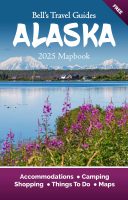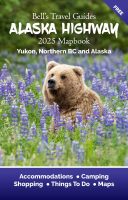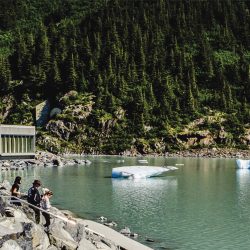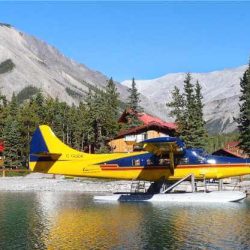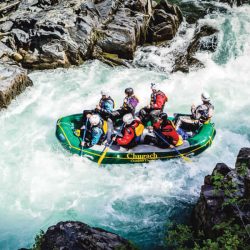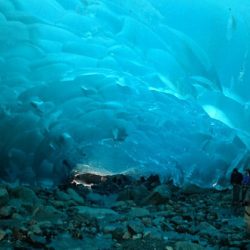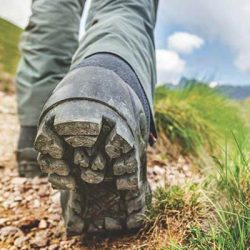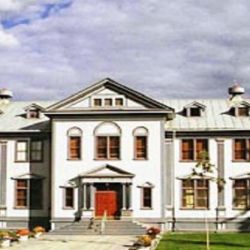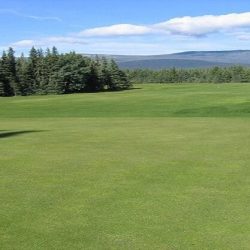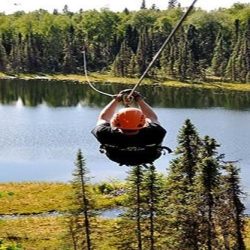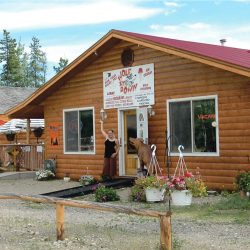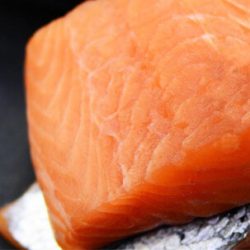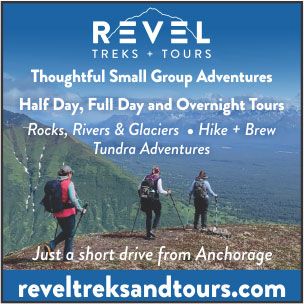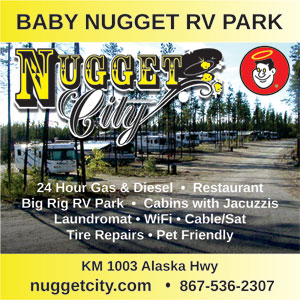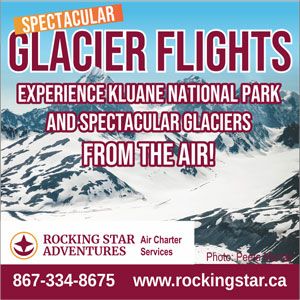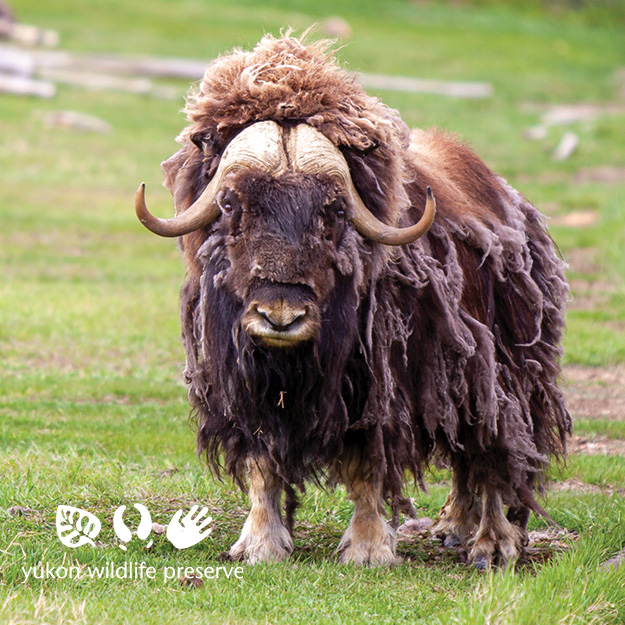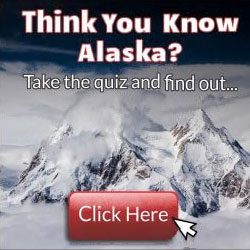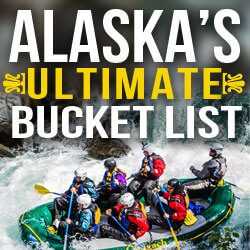The Dalton Highway in Alaska is a 415 mile/667 km long highway that connects the Interior of Alaska to the far North. The Dalton Road begins at mile 73 on the Elliott Highway (78 miles north of Fairbanks) and ends at the town of Deadhorse, a few miles from Prudhoe Bay, site of North America’s largest oil discovery. The Dalton Highway is the only road in Alaska that crosses the Arctic Circle and reaches the north coast of Alaska on the Arctic Ocean. At mile 244 of the highway, you will cross the Atigun Pass at 4737 Ft high.
For up to date road info visit: https://511.alaska.gov/
Still known locally as the ‘Haul Road’ it can be a very challenging highway to travel. The primary users of the Dalton highway are the oil companies, which means most of the vehicles on the highway are large trucks. These truckers are professional drivers but they also tend to take up a lot of room on the narrow road (28 ft/8.5 meter wide). The surface is gravel and can be quite rough, dusty or slippery depending on the weather. There are long distances between commercial operations and here is where the problem lies. If you have any sort of mechanical difficulties or medical problems it can take hours or even days to get help. The cost of towing vehicles up here can be expensive. Many rental car companies prohibit driving on the Dalton Highway and other gravel roads in the state.
This is one of North America’s most scenic and beautiful wilderness roads so I would not want to discourage you from taking it, however my advice would be to contact one of the tour companies who deal with it on a regular basis. Their guides have radios and are trained to handle first aid emergencies as well as being very experienced in driving in these conditions. One company I can highly recommend is:
If you choose to go on your own please contact the Alaska Public Lands Information Center (APLIC) at 101 Dunkel St Fairbanks. 907-459-3730
For Updates on Dalton Highway Road Conditions and Construction, Click Here
Preparations for traveling: you should carry 2 full-size spares, emergency flares, extra gas and windshield wiper fluid, bug repellent, rain gear, first aid kit, emergency food & water and camping gear. Travel with your lights on, slow down when other vehicles are approaching, do not stop on the road.
For a complete list of Things to do in Alaska on your trip north, visit our Things To Do section. For information on places to camp, visit our section on camping in Alaska. To determine when you should plan your trip to Alaska, visit our page on the best time to visit Alaska. Because the Dalton Highway crosses the Arctic Circle, taking travelers further north than any other highway in Alaska, it can make for amazing Northern Lights (Aurora Borealis) viewing from September to April.
Livengood. Junction of Elliott Hwy. and The Dalton Hwy. Turn west to Eureka and Manley Hotsprings.
56The Dalton Highway crosses the Yukon River. The 1/2 mile long bridge was built during the winter of 1974-75. Yukon Crossing, telephone, gas, food and accommodation. BLM maintains a visitor contact station staffed with volunteers open daily from 9 to 6 from late may to September.
60Sixty-Mile, undeveloped camping area, water, outhouses, food, dump station and lodging.
98Finger Mountain Wayside, scenic viewpoint, 1/2 mile interpretive trail to the summit of Finger Mountain.
115Arctic Circle scenic viewpoint with interpretive signs, picnic area, outhouses and undeveloped camping area.
132Gobbler’s Knob, viewpoint with excellent views of the Brooks Range to the north.
150Grayling Lake moose are often found in this nutrient rich aquatic vegetation. Viewpoint and outhouse.
175Coldfoot. Visitor Center open daily, 10 a.m. to 10 p.m., from May 25 through September 11. . BLM staff are available to answer questions and provide road condition and wildlife sightings.
189Wiseman, drive 3 miles west of the highway to reach Wiseman, an old goldrush town established in 1907. Lodging and airstrip.
204Sukakpak Mountain elev. 4,459 ft. Once a limestone deposit, heat and pressure metamorphosed it into marble before it was thrust up during the formation of the Brooks Range. Viewpoint.
235The “Last Tree” along the Dalton Hwy.
237Chandalar, view of the Dietrich River valley to the south.
244Atigun Pass, elev. 4739 ft. As you travel over Atigun Pass, you are going over the Continental Divide. Rivers to the north empty into the Arctic Ocean, while rivers to the south empty into the Bering Sea. North of the Atigun Pass, permafrost grows deeper (over 2,000 feet in the Prudhoe Bay area) and is present almost everywhere. South of the pass, permafrost areas become thinner and less prevalent. Watch for Dall sheep on the mountain sides around Atigun Pass.
275Galbraith Lake, this large glacial lake was dammed by a terminal moraine located north of Galbraith Lake. Turn west off the highway just north of Galbraith Lake and travel approximately 3 miles to reach an outhouse and undeveloped camping area. This area offers beautiful views and good hiking opportunities into the Brooks Range.
286Toolik Lake, an arctic research station is based on the shores of Toolik Lake.
334Happy Valley is the site of a former pipeline construction camp.
356Coastal Plain Overlook, enjoy the panoramic view of the coastal plain.
383Franklin Bluffs, the iron rich soils on the east bank of the Sagavanirktok River give the bluffs their rich yellow, tan and orange colors.
415Deadhorse is the support community for the Prudhoe Bay oilfields. The public road ends at Deadhorse, approximately 7 miles short of the Arctic Ocean. Both hotels in Deadhorse offer tours of the oil fields and Arctic Ocean. Restrooms, telephones, food, lodging, post office, gas, tow truck, RV dump station and airport are all available.
